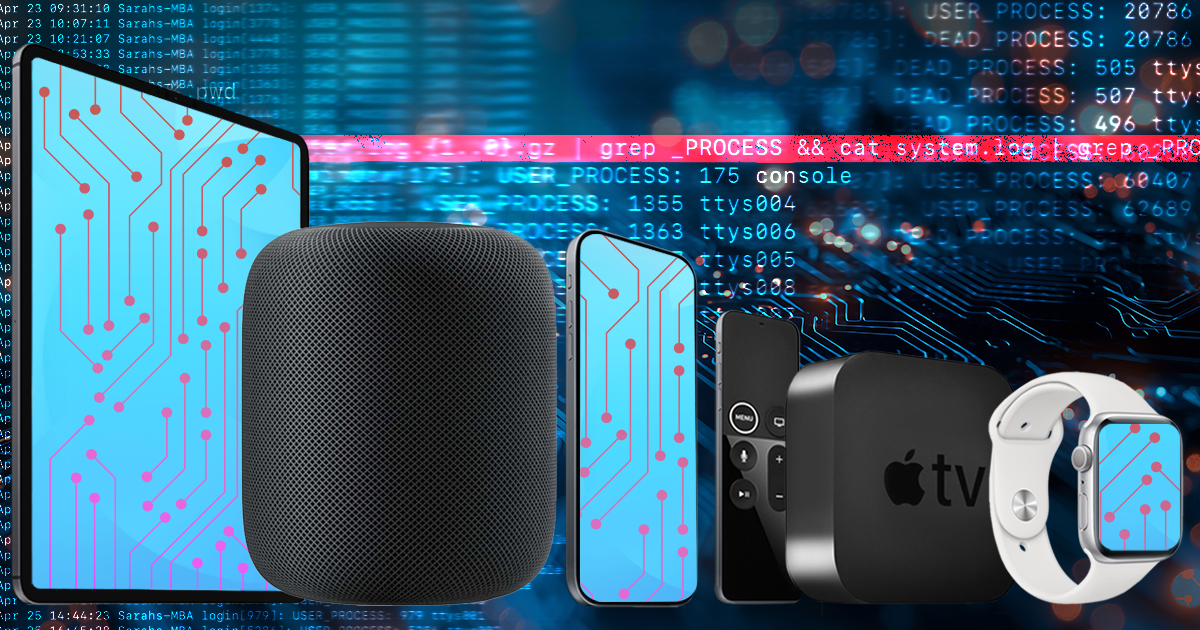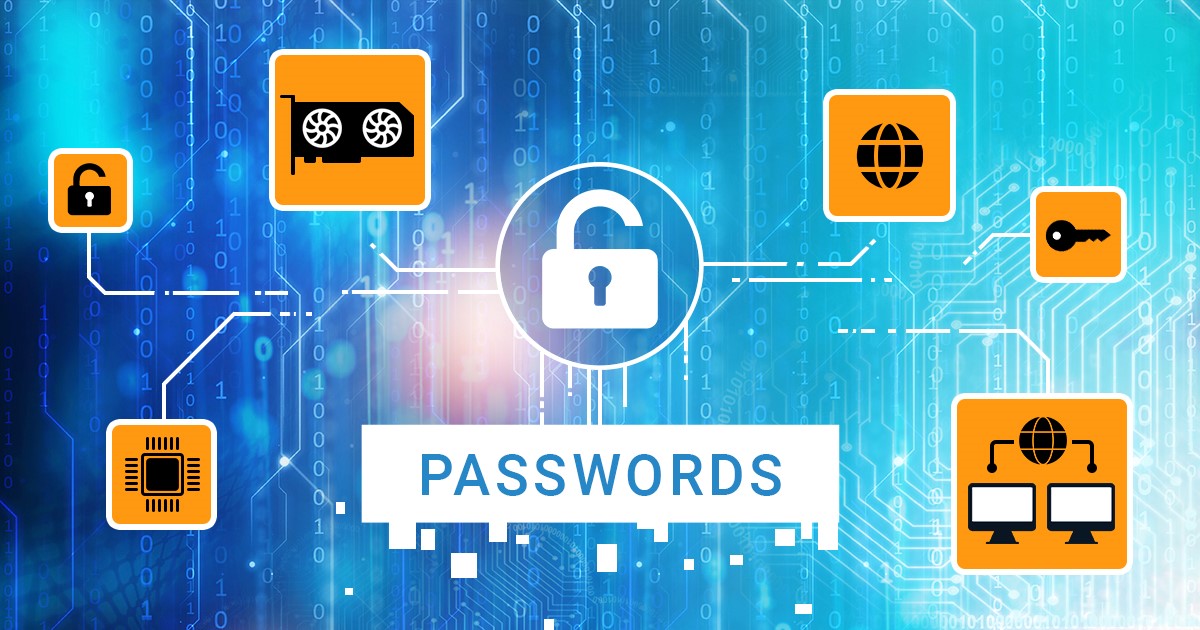Few days ago we have updated our iOS Forensic Toolkit to version 1.15 which includes some bugfixes and improvements and, most notably, supports passcode recovery on the new iPad (also known as iPad 3). There are no significant changes from the practical point of view (i.e. the process of passcode recovery is still exactly the same), but there is something new under the hood. So if you’re interested in iOS security and how stuff works, please read on.
It’s been almost two weeks since we have released updated version of Elcomsoft Phone Password Breaker that is capable of downloading backups from the iCloud and we have seen very diverse feedback ever since. Reading through some articles or forum threads it became quite evident that many just do not understand what we have actually done and what are the implications. So I am taking another try to clarify things.
Switching iPhones into a DFU (Device Firmware Update) mode is a hassle. Power off, press that and hold those that many seconds, release this but continue holding that until hopefully something happens on the phone. Many iPhone users have major troubles switching their iPhones into DFU mode. Luckily for them, they don’t have to do the Apple Dance too often.
Today, we released an updated version of iOS Forensic Toolkit. It’s not as much of an update to make big news shout, but the number of improvements here and there warrants a blog post, and is definitely worth upgrading to if you’re dealing with multiple iPhones on a daily basis.
Attacking Wi-Fi passwords is near hopeless if a wireless hotspot is properly secured. Today’s wireless security algorithms such as WPA are using cryptographically sound encryption with long passwords. The standard enforces the use of passwords that are at least 8 characters long. Encryption used to protect wireless communications is tough and very slow to break. Brute-forcing WPA/WPA2 PSK passwords remains a hopeless enterprise even if a horde of GPU’s is employed. Which is, in general, good for security – but may as well inspire a false sense of security if a weak, easy to guess password is selected.
We runned yet another Password Usage Bahaviour survey on our Web site and gthered statistically significant data, reflected in the following charts. And the main conclusion was that most people working with sensitive information want stricter security policies but rarely bother changing default passwords.


